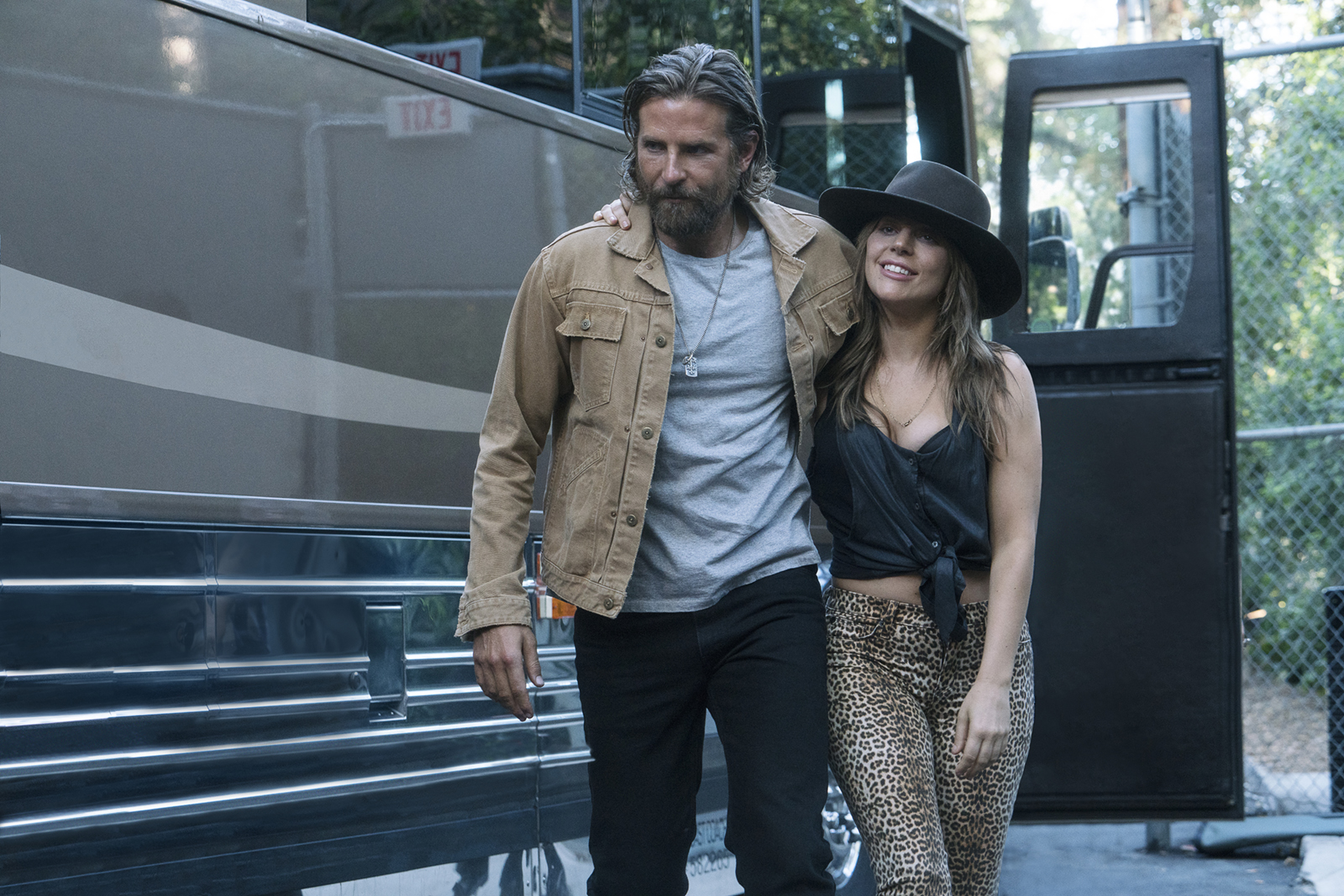Q&A: UCLA alum, co-writer of ‘A Star is Born’ discusses characters, messages in film

(Courtesy of © 2018 WARNER BROS. ENTERTIANMENT INC. AND METRO-GOLDWYN-MAYER PICTURES INC)
By Raunak Devjani
Feb. 21, 2019 9:42 p.m.
Addiction, fame and toxic relationships could potentially lay the foundation for an extremely problematic story.
But in 2018, these issues were at the heart of a film that racked up eight Academy Award nominations, and widespread critical acclaim.
Co-written by UCLA alumnus Eric Roth, “A Star Is Born” reincarnates the tale of two lovers and musicians that struggle with the spotlight.
The Daily Bruin’s Raunak Devjani spoke with Roth about controversies and critiques surrounding the film, as well as his experience creating Bradley Cooper and Lady Gaga’s characters, Jackson and Ally.
DB: What was it like working with a first time director on “A Star Is Born?”
ER: I had a really good experience. He knew the kind of movie he wanted to make. He wanted to make it very intimate and personal and what I call ‘first person,’ so he had that point of view. He wanted you to feel like, when the performances were happening, that you were with them – what it felt like to be a performer, which also helped to know these people inside out and made it feel very real.
DB: Some previous iterations of “A Star Is Born” didn’t achieve nearly this much critical acclaim. Was there any pressure going into a remake that wasn’t guaranteed to succeed, especially with a first time director?
ER: I don’t think it had anything to do particularly with the first time director. But I think that the movies are so historically known for their iconography; I felt a burden to be true to what the movies were because I think they’re still representative of so many things within the business. Some movies are better than others … but you try to do your best to make it current and buyable and also something that people can relate to in this era.
[RELATED: Movie review: ‘A Star Is Born’ elevates a cliche story through sparkling performances, music]
DB: In the film, there’s a mixed portrayal of Hollywood. It’s shown as an industry that’s glamorous and dreamy, but one that can also tear people apart. What kind of statement were you trying to make about Hollywood with the 2018 version?
ER: It’s true about the entertainment industry, I guess, that there were people or performers trying to be themselves. And on the other hand, you have an audience that demands you be potentially something else. You have to try to find some balance as to who you are. I think it’s just what the subject matter lends to, to a certain extent. A lot of that is true about the pressures of Hollywood.
DB: You’ve said you read and research a lot before you write characters. What kind of research did you put in for Jackson and Ally?
ER: I mean, I think you’re trying to create a certain kind of artist for Jackson. He’s sort of a blend of country and rock ‘n’ roll. And so with him, the test becomes creating who the person is – what’s their psychological makeup? It’s not any different from trying to create any character: What’s his background? What does he sound like? What does he look like? And then with (Ally), there was a little bit of a difference because her public persona was so well-known (but you have to find out) who she is, kind of get under her skin. Because Lady Gaga is one persona and Stefani is another one.
[RELATED: Q&A: Screenwriter Eric Roth on bringing history and fiction into harmony]
DB: There’s been some controversy around Ally as a character – some say the design was problematic because it shows a female that loses agency, but others would disagree. What’s your take?
ER: I never thought about it, really. I’m just portraying her as this character who might be, and in other words, those are the storylines of “A Star Is Born.” There’s a figure that’s trying to guide or lead somebody in a different way. But I don’t know. I’d have to think about that. I know I told (Lady Gaga) when we started what (her) character (Ally) would remind me of. I said, ‘I’d like you to go watch “Moonstruck” and Cher. She’s – I don’t want to say vulnerable, per se – but she has areas she’s strong in and areas she’s weak in. I don’t know if this would take her purchase. I think it has as much to do with where she is honest and true to who she is and what she’s singing and that kind of thing. And there are many people who find themselves in relationships with people they maybe shouldn’t be with, you know. In the movie, there’s a great line. (Bradley) is kind of blaming everybody else (for his problems) and she says, “No, this is your fault.” So I think she maintained herself. I think saying that (she lost agency) is a little black and white, and these things are a little more complicated.


